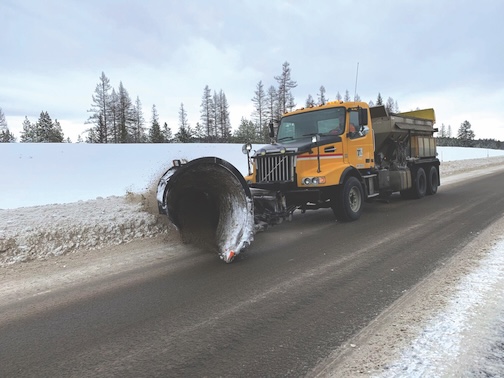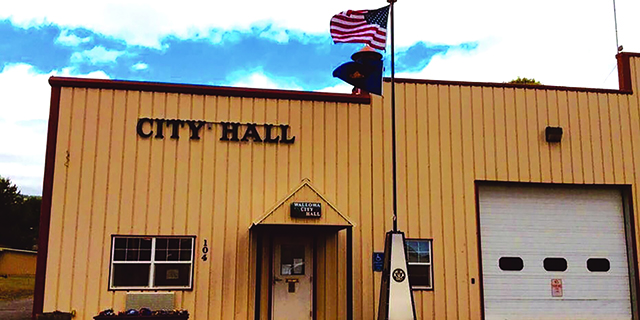Low-water rafting takes daring
Published 6:23 am Tuesday, November 3, 2015
You ever wake up thinking the perfect breakfast might be a large bowl of ibuprofen? Ever just lie there tolerating the alarm beeping because rolling over to hit snooze sounds like a lot of work for a body that feels like a sack of bruises? Let me tell you about river rafting in low water. I’ve taken heavy rafts down the Grande Ronde River with not much water and a whole lot of gear for steelhead fishing trips a number of times now over a number of years. I thought I knew all about it. It turns out I was perhaps a tad cocky about getting a big boat through skinny water. My buddy Todd Kruger and I just got back from an expedition with water slightly lower than I’ve done before and the little difference turned out to be big. My earlobes are the only portion of my body that doesn’t ache. Wait, I just checked and they hurt, too.
Low-water boating can be fun. Sort of. It definitely isn’t boring. Approaching a real shallow stretch requires staring and studying hard, looking for a way through by divining where the most water is with the fewest obstacles. Pretty soon you’re in it and there’s a flurry of quick decisions and evasive maneuvers to keep your boat going in precious few inches of river. You develop an eye for rocks you can barely slide over. Raft floors make a sound like, “errrr,” when slipping over rocks. If you run out of that much water, you can try scratching furiously with your oar blades to get enough speed to carry your boat over spots that are too low by just barely. Those sound like, “ERRrrrrr-r-r.”
Trending
Deeper water doesn’t mean you can relax. “Hippo rocks,” or “lurkers,” just under the surface can be tough to spot until you’re just about to collide into or onto them. Getting stuck on a lurker makes a solid “ERRRCH” noise, followed by the thud of your spirits dropping because now there’s water all around you, too deep to get out and stand in to push your boat off. If you’re living right, Todd or another boat will be coming along right behind you with enough steam to bump into your raft and get you moving again. Or you can try using an oar as a pole to push yourself off. Or bounce around trying to shift your weight. Or pray for rain to raise the river. Or something.
Getting stuck can teach you a lot. I’ve learned many new words and phrases following a raft grounding on the rocks. It’s good for creativity. When best efforts to get boats through trouble spots don’t work out, you think up alternatives. Todd wondered on this trip about getting a backhoe attachment for his raft. Hydraulic jacks to drop over the side. We discussed converting our boats into hovercrafts. Other plans I’ve heard include filling the raft tubes with helium instead of air. Calling in a helicopter. Putting a knife in the tubes and walking away. In the end you get out and push and shove and yank and cajole and sweat and swear and toil and curse and, eventually, the boat is floating again. You crawl back in, scramble to your seat, get your oars ready and sometimes that’s when you get stuck again. Repeat.
I almost forgot to mention that it’s downright beautiful on the Grande Ronde this time of year. I highly recommend it. Well worth the trip. There’s good numbers of steelhead in the river and once you get past the impassable, things start looking up. I recommend going light. Or, better yet, get somebody to haul your stuff for you.
I’m busy, though, until the river comes up.
Jon Rombach is a local columnist for the Chieftain.









